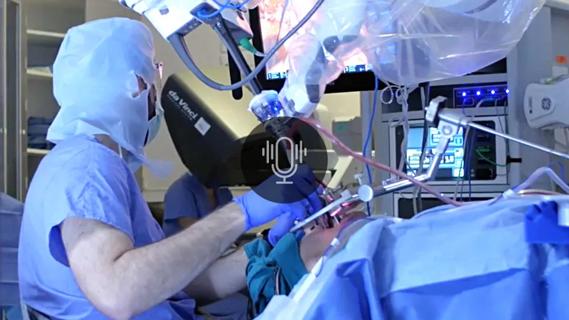How advanced blood testing is changing treatment paradigms

Molecular allergology, an emerging field of allergy science, examines the quantification of immunoglobulin E (IgE) antibodies into single allergen components. This level of specificity in allergy diagnostics, called component testing, demonstrates potential for improved clinical management in allergy and asthma care.
Advertisement
Cleveland Clinic is a non-profit academic medical center. Advertising on our site helps support our mission. We do not endorse non-Cleveland Clinic products or services. Policy
Cleveland Clinic is a reference laboratory for ImmunoCAP™, an in vitro allergen component test developed by Thermo Fisher Scientific. It’s one of few academic medical centers in the U.S., and the only in the Midwest, to use this advanced blood assay in-house. And now it’s the first – and only – academic medical center to use the test to assess sensitivity to furry animal components, which includes dogs, cats and horses.
“We are very proud to be a leader in advanced allergy testing,” says otolaryngologist Michael Benninger, MD, Chairman of Cleveland Clinic’s Head & Neck Institute. He spoke about this technology in a panel discussion at the American Academy of Otolaryngology-Head and Neck Surgery Annual Meeting in New Orleans on September 15.
Component testing became available in the U.S. only in the last few years, although it has been popular in Europe for longer. Its benefits are most striking in common food and animal allergies involving storage proteins that elicit reactions ranging from mild discomfort to anaphylaxis.
The assay is a critical indicator to determine anaphylactic risk. In peanut allergies, for example, around 77% of patients who are allergic to peanuts are not at risk for anaphylaxis. Yet, most people who test positive for peanuts avoid them altogether.
Component testing is also now being applied to specific proteins found in the skin, fur and saliva of dogs, cats and horses, since the U.S. FDA recently cleared the ImmunoCAP’s assay for furry animal components. Some people who skin test positive for cats and dogs may be allergic to only one of them. In addition, about 40% of patients who test positive to dogs are allergic to a prostate protein only; meaning, if everything else is negative, a patient can be near a female dog and not have an allergic reaction, Dr. Benninger notes.
Advertisement
In addition to identifying specific allergic risk, component testing is able to inform targeted immunotherapy and identify cross-reactive patterns, such as allergens that may lead to the progression of certain atopic diseases.
Dr. Benninger notes that allergy management has traditionally been a top-down approach. However, advanced blood testing technology may shift this model, allowing clinicians to approach allergies from the bottom up, as is currently done for metabolic management.
“This is a deductive, technology-driven approach,” he explains. “As has been shown in managing cholesterol, you start with the blood test and use that data to inform therapies, whether it’s lifestyle, clinical or pharmacological intervention.”
Advanced allergy testing is poised to not only improve quality of life for patients, but also alter current models of care for treatment. Dr. Benninger says, “It’s a direction we must continue to move the field.”
Nicolaou N, et al. Allergy or tolerance in children sensitized to peanut: prevalence and differentiation using component-resolved diagnostics. J Allergy Clin Immunol. 2010;125(1):191-197.
EAACI Molecular Allergology User’s Guide. Pediatric Allergy Immunology 2016: 27:( suppl23): 1-250.
Dr. Benninger has been a former consultant for Thermo Fisher Scientific.
Advertisement
Advertisement

A new single-port system well-suited for oropharyngeal cancer treatment

A reduction in the number of incisions for implantation simplifies the procedure and improves patient experience

An answer may be seen by looking at the teeth

Hearing implant program continues to grow

Study compares hearing aids and combination devices

Case study illustrates the potential of a dual-subspecialist approach

Evidence-based recommendations for balancing cancer control with quality of life